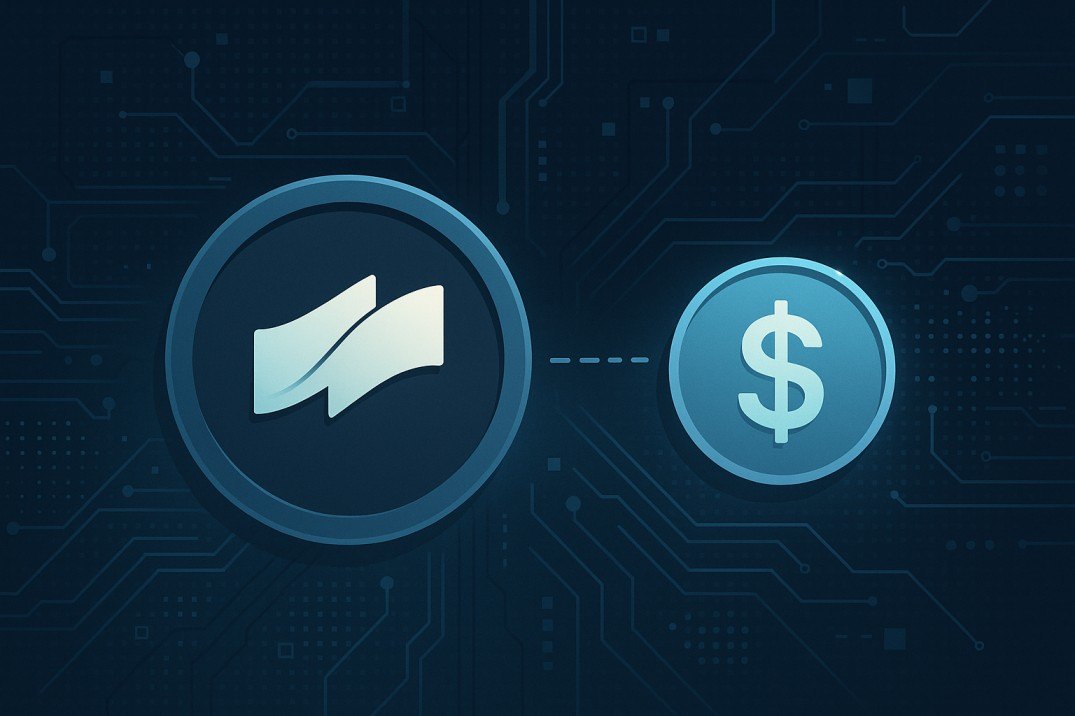COTI is not a stablecoin, it’s a utility token that fuels the operations and infrastructure of the COTI network. Its value fluctuates based on market conditions, similar to most other crypto assets. COTI plays a central role in staking, governance, treasury participation, and powering confidential computation through the upcoming COTI V2 Layer 2 on Ethereum. It is not pegged to any fiat currency or backed by reserves meant to maintain a fixed value.

However, the confusion often arises because COTI is the issuer of Djed, which is a stablecoin. Djed is the official algorithmic, overcollateralized stablecoin of the Cardano blockchain. It is pegged to the U.S. dollar and backed by ADA. COTI manages the smart contracts and issuance of Djed, making it a critical player in Cardano’s DeFi strategy but COTI itself remains a utility token with variable price.
The distinction is important:
-
COTI = Utility Token , Used for paying transaction fees, staking in the Treasury, running computations in COTI V2, and participating in governance.
-
Djed = Stablecoin , Pegged to $1 USD, backed by ADA and SHEN reserves, and designed to provide price stability in Cardano-based DeFi protocols.
In many ways, COTI plays the “infrastructure layer” role for Djed, enabling it to exist without actually being a stable asset itself. This dual identity - as both a utility token and stablecoin issuer gives COTI a unique position in the Web3 financial stack.
As COTI V2 evolves, the distinction will become even more pronounced. COTI’s value will reflect the demand for private computation, while Djed remains a stable tool for Cardano-native DeFi.
EXPLORE MORE :
1. What is the use case of Coti coin?
2.What does Layer-2 mean in crypto?
3. Does Coti have a future?
4. What are the expectations for the COTI coin?
5. COTI FAQ











